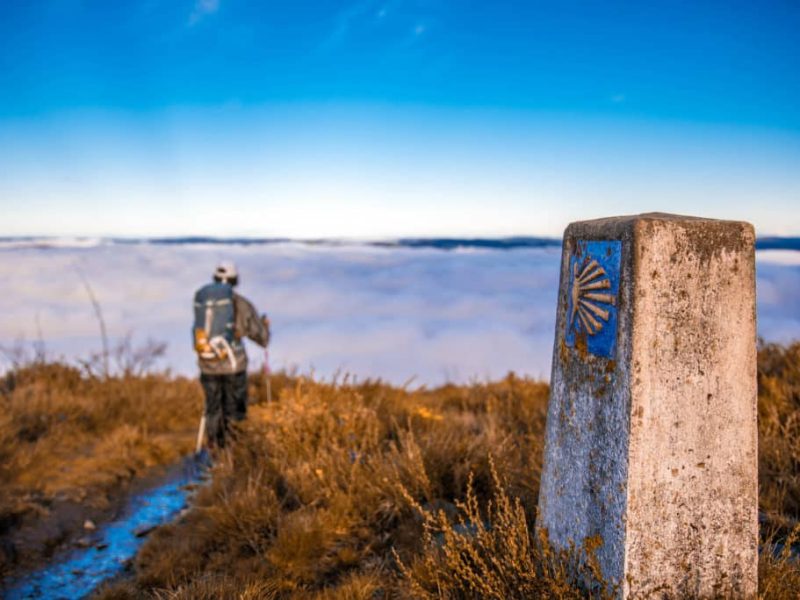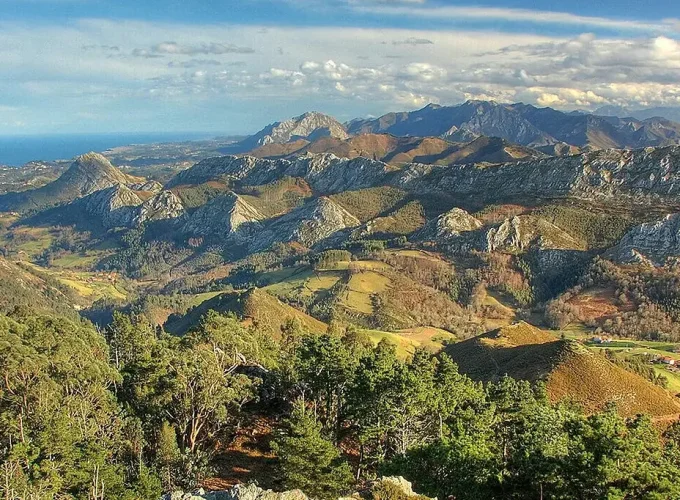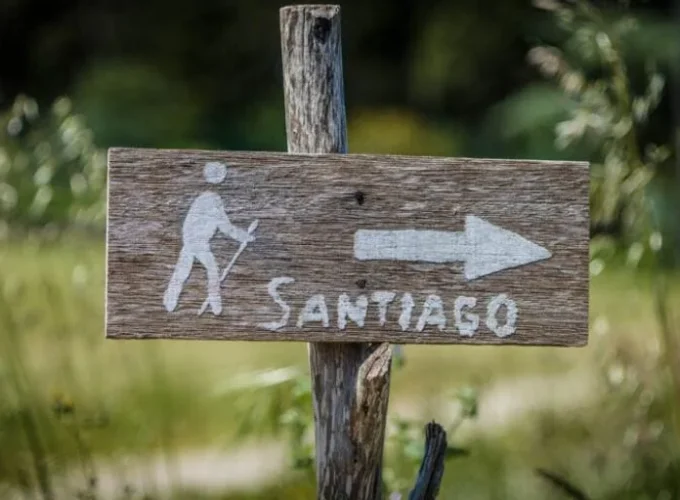Camino Primitivo
The Camino Primitivo is the oldest Camino de Santiago route. King Alfonso II the Chaste was the very first pilgrim on this route. He walked the Camino Primitivo from the city of Oviedo, in Asturias, to Santiago in the 9th century with a mission: to confirm that the remains found in Santiago were indeed those of Saint James the Apostle.
At the time, Oviedo was the capital of the Kingdom of Asturias and the king’s pilgrimage inspired many others to make the journey to Santiago de Compostela.
Pilgrims on the Camino Primitivo came not only from Asturias and other parts of northern Spain, but also from further afield and overseas. Pilgrims from northern countries traveled by sea, landing on the northern coast of Spain before continuing their journey on foot. However, once the capital of the kingdom was moved to Leon, the Camino Francés took over as the main route to Santiago for pilgrims from the 11th century.
However, many pilgrims still chose to visit the Cathedral of Oviedo San Salvador, a pilgrimage site in its own right. Inside the ‘Savior’ Cathedral lies a shroud believed to have been used to wrap Christ’s head after his death.

During the Camino Primitivo you will enjoy vast rugged landscapes, dotted with occasional small villages and towns. While the route traditionally starts in Oviedo. All told, the Primitivo covers approximately 300 km between Villaviciosa and Melide, where it joins the Camino Francés for the last 50 km to Santiago. Along the way, the Camino Primitivo passes from two striking cities – Oviedo and Lugo – to numerous medieval villages and enjoys the most beautiful mountain views of any road.
If you’re not sure if this challenge is feasible, but you still want to discover the very first Camino route, don’t worry. You can start your journey from the town of Lugo and skip the mountainous and rural part of the route and walk only the last 100 km of the Camino Primitivo.



